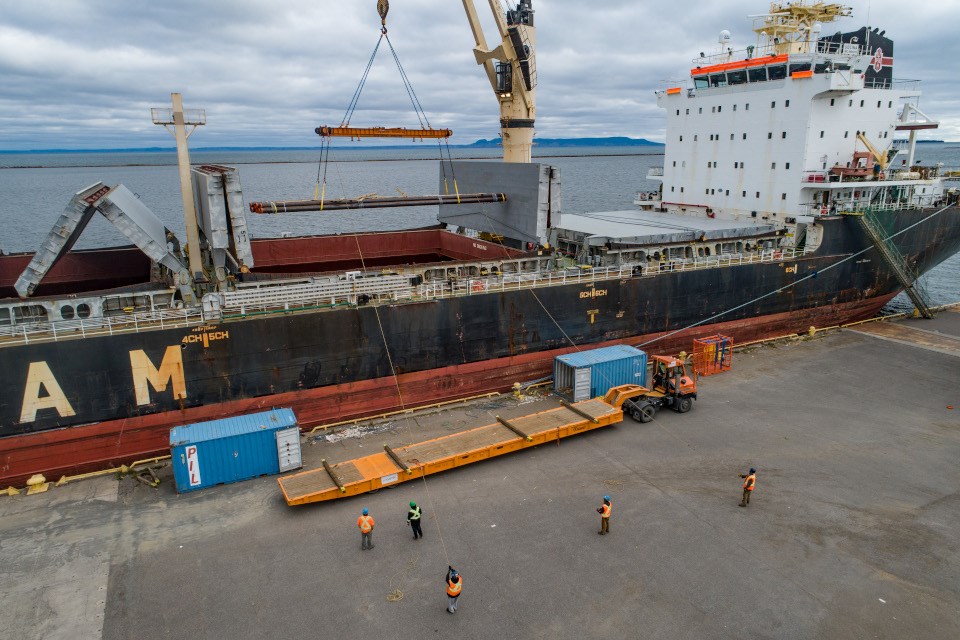The Thunder Bay Port Authority said it's experiencing a 25-year high in general cargo shipments through its Keefer Terminal.
With lower volumes of outbound Prairie grain coming through the northwestern Ontario port this year, other cargoes are picking up.
The port authority said in a news release that nearly 8,000 tonnes of European steel pipe was unloaded at Keefer in October. The cargo was trucked to Alberta.
Later this year, a third shipment of phosphate fertilizer will arrive, also destined for Western Canada.
Import steel and phosphate fertilizer are also growing opportunities, the port authority said.
Export shipments of Canadian-mined potash are also on the rise, the authority, said with October being the strongest month so far this year for European-bound potash shipments, which sit 67 per cent above last year’s total.
Last month, more than 92,000 tonnes of potash transited the port, compared to slightly more than 12,000 tonnes in October 2020. Overall shipments are six per cent lower than the five-year average and 17 per cent lower than last year.
The port authority said all three operating Western Canadian grain ports have experienced reductions in grain throughput this harvest season.
According to the Quorum Corporation Grain Monitor, the year-over-year decrease of grain rail car unloads in Thunder Bay is 29 per cent, compared with decreases of 28 per cent in Vancouver, and 64 per cent in Prince Rupert.
During October, 775,488 tonnes of grain were loaded in Thunder Bay compared to 936,725 tonnes in October 2020. The year-to-date totals on grain movement is more than 5.4 million tonnes compared to more than 6.9 million tonnes during the time frame in 2020.
The authority expects grain shipments to be closer to average in Thunder Bay for the remainder of the current shipping season.




